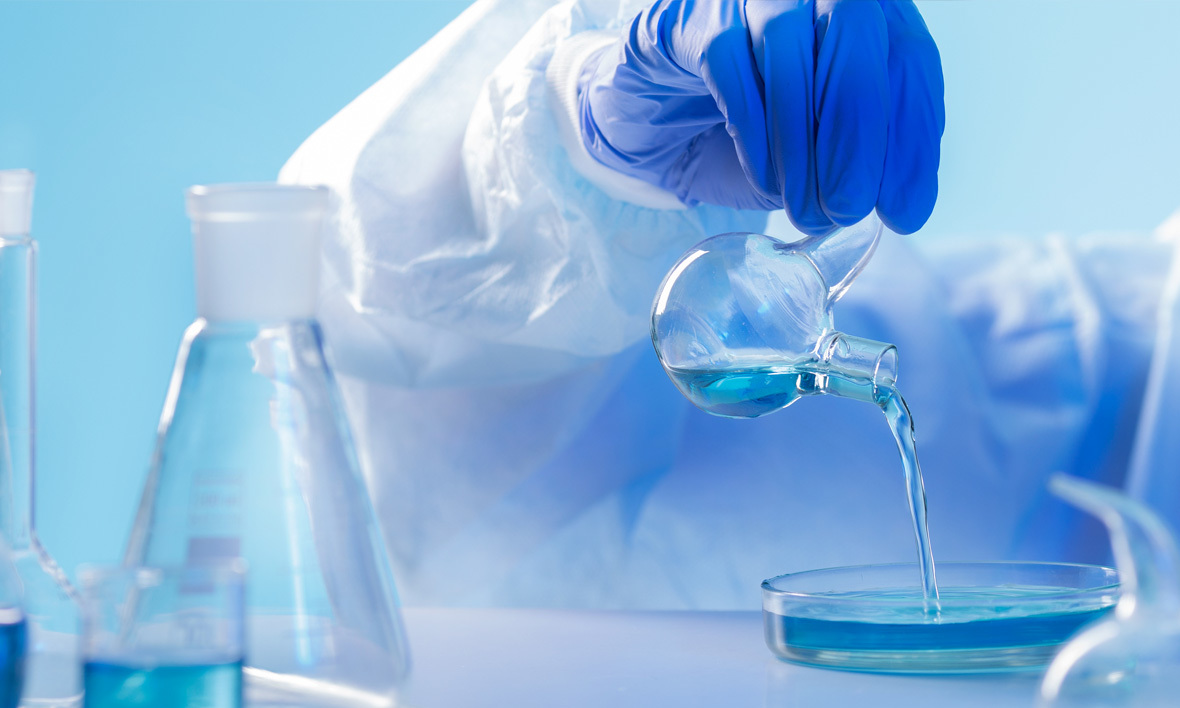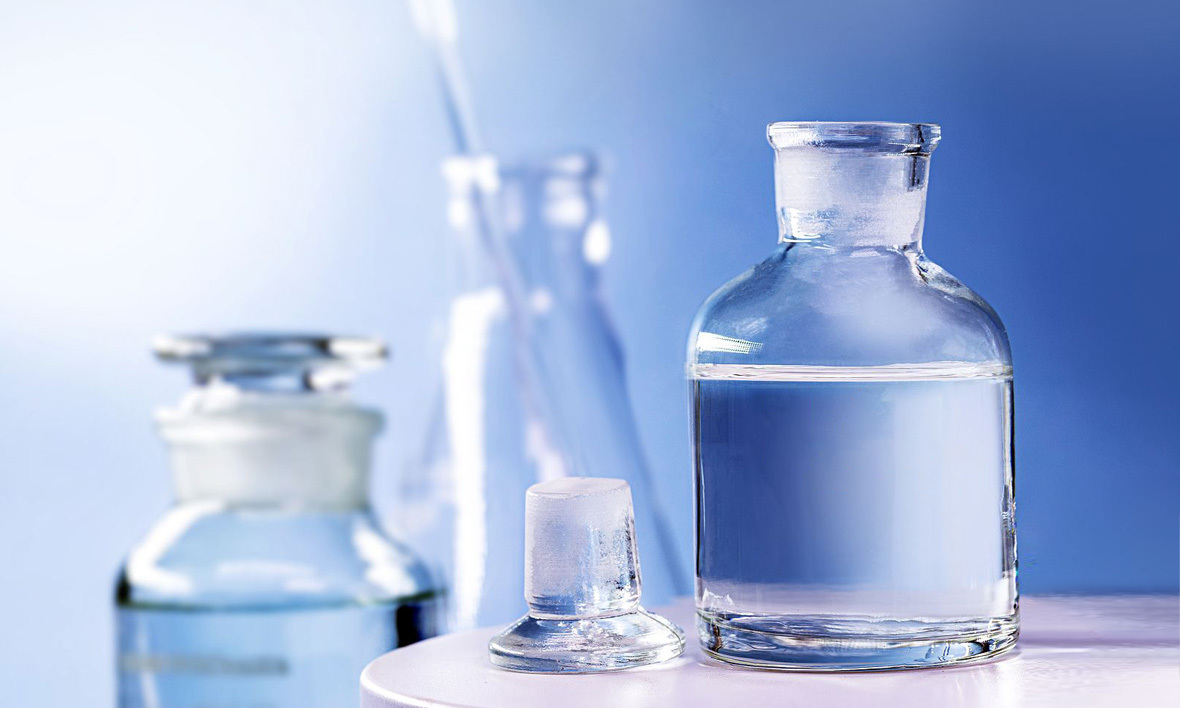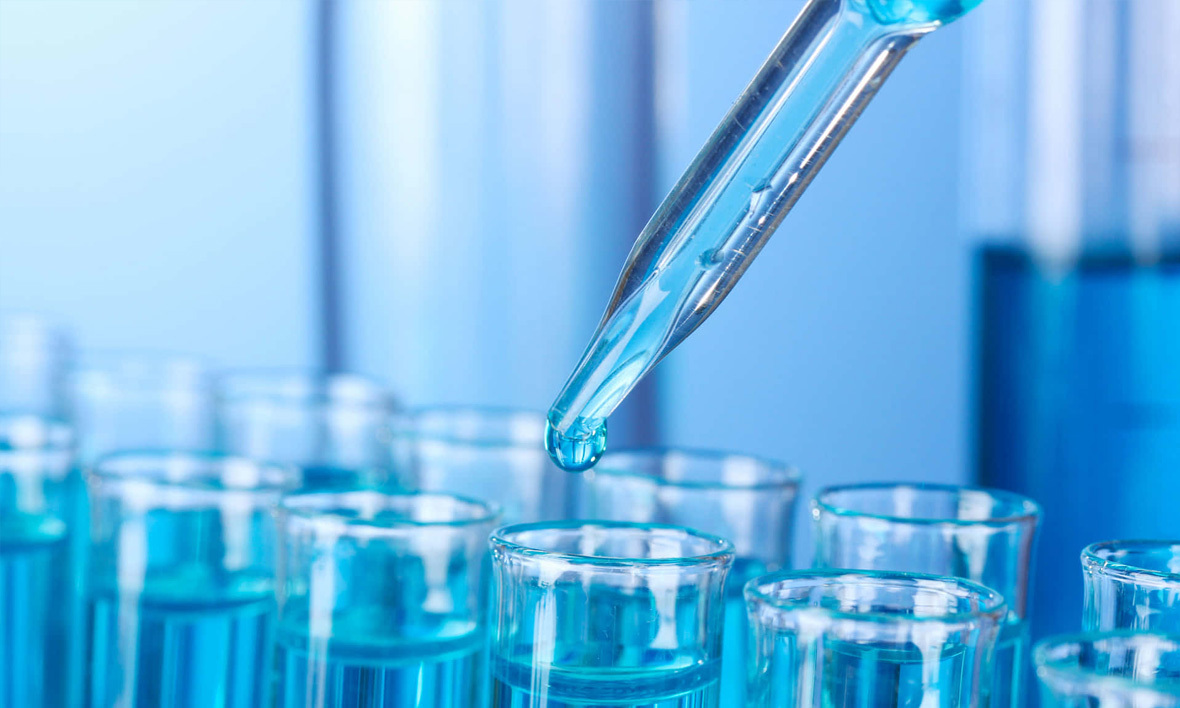Jiangsu Juming Chemical Technology Co., Ltd.
JUMING Chemical
Founded in 2017, Jiangsu Juming Chemical Technology Co., Ltd. is a high-tech enterprise specializing in the research and development, production, sales and service of photoinitiators, ultraviolet absorbers, water treatment agents, pesticide intermediates and other chemical raw materials.
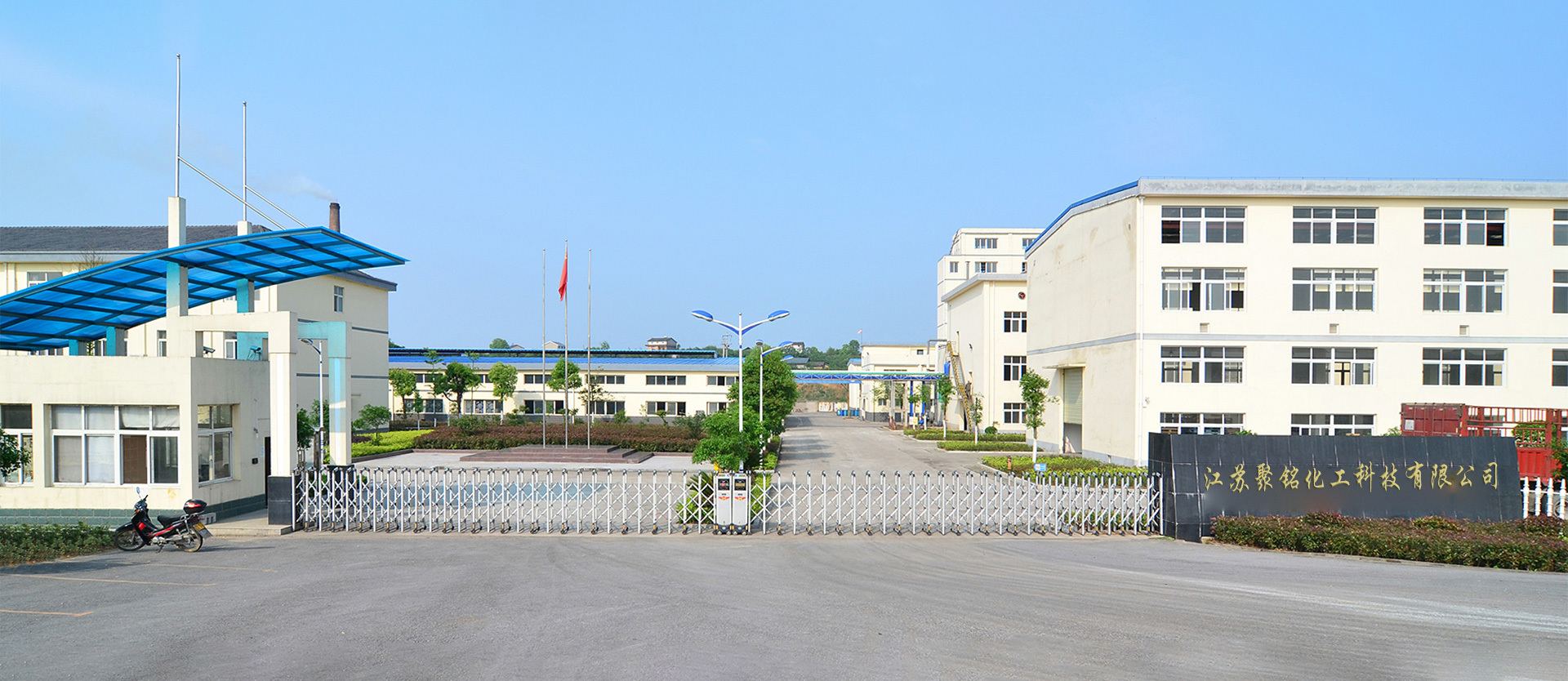

Quality Assurance
The company is committed to ensuring the quality of its products and has a good reputation among users.

Technology R & D
We have an experienced technical team and modernized management methods.

Certification
Product quality is guaranteed and is widely used and recognized by customers in various industries at home and abroad.

Customer Service
Technology as the driving force, quality as the brand, reputation as the honor, and global strategy for brand promotion.
Our Products
Learn more about the latest additions to our standard range of products.
Water treatment agent is a kind of chemical agent used in water treatment. Widely used in petroleum, chemical industry, metallurgy, transportation, light industry, textile and other industrial sectors.
Photoinitiator (PI) is the key component of UV curing materials, which plays a decisive role in the speed of UV curing.
- Diphenyl(2,4,6-trimethylbenzoyl)phosphine oxide
- Phenylbis(2,4,6-trimethylbenzoyl)phosphine oxide
The intermediates are formed from cyclic compounds such as benzene, naphthalene, anthracene, etc., through sulfonation, alkali melting, nitration, reduction, etc.
- Tolytriazole sodium salt
- 2,4-Diethyl-9H-thioxanthen-9-one
- Ethyl (2,4,6-trimethylbenzoyl) phenylphosphinate
Pharmaceutical Intermediates are chemical raw materials or products used in the synthesis processes of pharmaceutical drugs. These chemical substances do not require a pharmaceutical production license and can be manufactured in ordinary chemical plants. As long as they meet specific quality standards, they can be utilized in the synthesis of pharmaceutical products.
Custom chemicals became a quick way for the fine chemistry industry to gain an edge through collaboration.
- Cost-effective and resource-efficient
- Providing high value-added products
- Targeted customization and targeted customers
- Solution to few hard-processed chemical
Custom chemicals became a quick way for the fine chemistry industry to gain an edge through collaboration.
- Trisodium hexafluoroaluminate
- Sodium carboxymethyl cellulose
- Ethyl phenylacetate
- Tributyl phosphate
Solutions for Industry
Used in coating&ink, pharmaceutical, fertilizer, leather, printing and dyeing, pigments, porcelain and other industries
Printing & Dyeing Industry

Fertilizer Industry

Tanning Industry

Petrochemical Industry

Construction Industry

Textile Industry

Coating Industry

Factory View And Exhibition Situation
Learn more about our factory details and trade show information
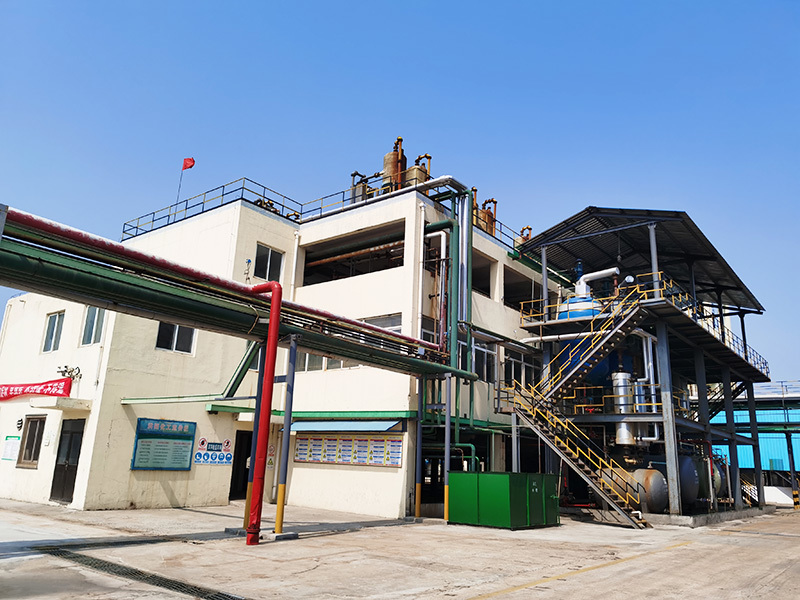
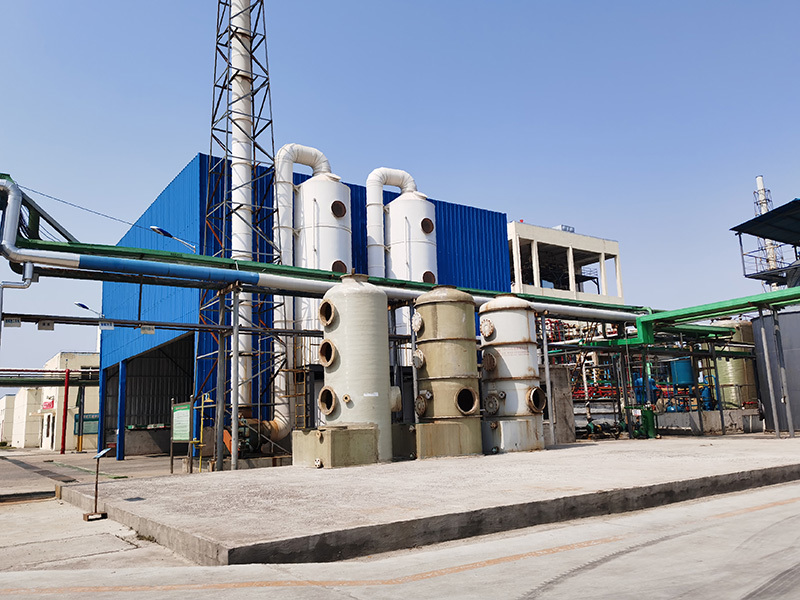

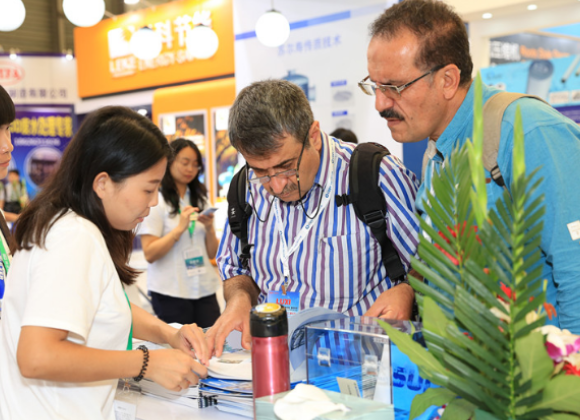
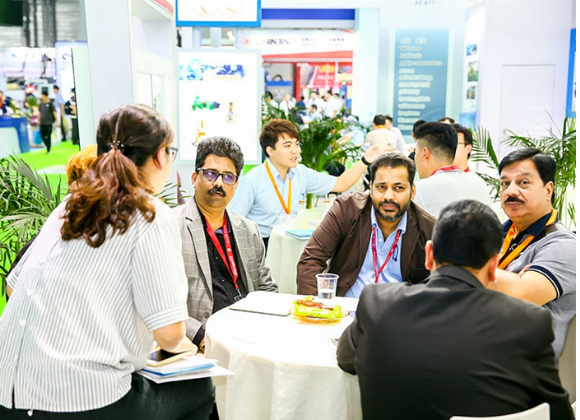
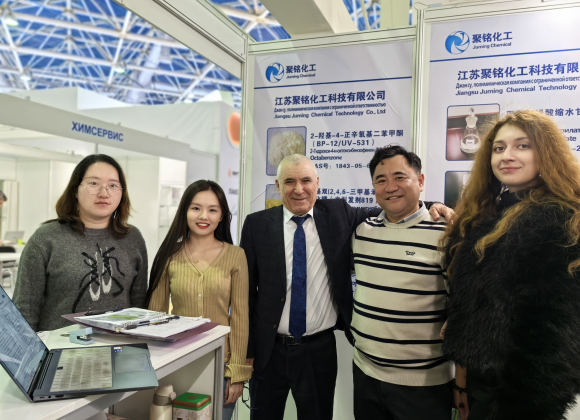
High-quality products are exported to Europe, Asia, the United States, the Middle East and other countries and regions.
Blog & News
Understand the company's new information
E-mail:
Service Hotline:



